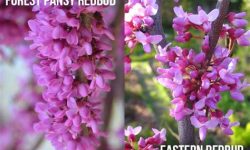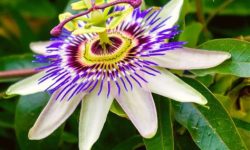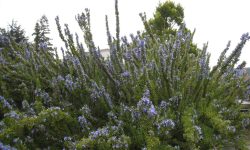Japanese Magnolia Vs Tulip Tree
When it comes to choosing the right tree for your landscape, there are several factors to consider, such as the tree’s characteristics, benefits, growth habits, and overall appearance. Two popular choices for homeowners and garden enthusiasts are the Japanese Magnolia and the Tulip Tree. Both trees have their own unique features and uses that make them attractive options for adding beauty and charm to any outdoor space. In this blog post, we will explore the characteristics and benefits of the Japanese Magnolia, the beautiful features and uses of the Tulip Tree, compare their growth habits and flower appearance, and provide gardening tips to help you choose the right tree for your landscape. Whether you are looking for a tree that boasts stunning flowers or one that offers year-round beauty, this guide will help you make an informed decision on which tree is best suited for your outdoor environment.
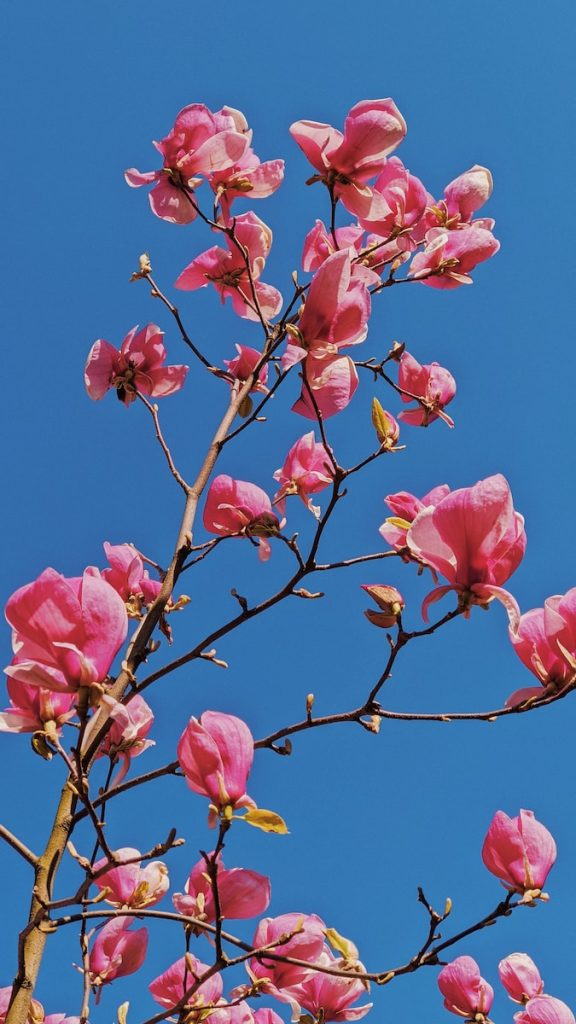
Japanese Magnolia: Characteristics and Benefits
The Japanese Magnolia is a stunning tree known for its beautiful flowers and unique characteristics. With its showy, fragrant blooms, this tree adds a touch of elegance to any landscape. The Japanese Magnolia is a slow-growing, deciduous tree that can reach heights of 20 to 30 feet, making it a perfect choice for smaller yards or gardens.
One of the most notable characteristics of the Japanese Magnolia is its large, goblet-shaped flowers, which appear before the leaves in early spring. The flowers range in color from white to pink, and can sometimes have a hint of purple. These delicate blooms can last up to 4 weeks, creating a breathtaking display in the garden.
In addition to its striking appearance, the Japanese Magnolia offers several benefits for the landscape. It attracts pollinators such as butterflies and bees, adding a touch of wildlife to the garden. The tree also provides shade and shelter for birds, making it a valuable addition to the ecosystem.
Overall, the Japanese Magnolia is a beautiful and beneficial tree that is sure to enhance any outdoor space. With its stunning flowers and ecological advantages, it is a top choice for homeowners and gardeners looking to add a touch of beauty and charm to their landscape.
Tulip Tree: Beautiful Features and Uses
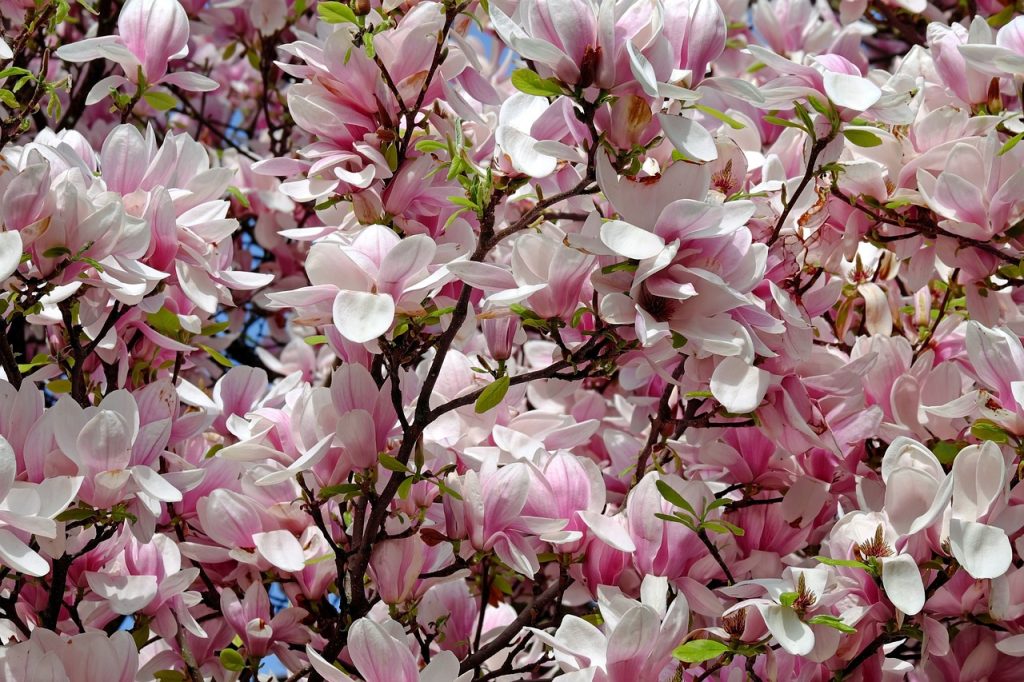
The tulip tree is known for its magnificent beauty and versatile uses in landscaping and forestry. With its distinctive tulip-shaped flowers and tall, straight trunk, this tree is a popular choice for both residential and commercial properties.
One of the most striking features of the tulip tree is its vibrant green leaves that turn bright yellow in the fall, creating a breathtaking display of colors. The flowers, which resemble tulips, are an added bonus, attracting bees and butterflies to the garden.
Aside from its aesthetic appeal, the tulip tree has a variety of practical uses. Its wood is valued for its strength and light weight, making it ideal for furniture and cabinetry. Additionally, the tree’s nectar-rich flowers attract pollinators that benefit surrounding plant life, making it an important ecological resource.
Whether you’re looking to enhance the beauty of your landscape or seeking a valuable resource for woodworking, the tulip tree offers a unique combination of beauty and utility.
Comparison: Growth Habits and Flower Appearance
When it comes to choosing the right tree for your landscape, understanding the growth habits and flower appearance is crucial. Both characteristics play a significant role in the overall aesthetic of your garden or yard. Let’s take a closer look at the comparison between different trees.
First and foremost, it’s important to consider the growth habit of a tree. Some trees have a compact, columnar growth habit, while others may have a spreading, weeping, or upright habit. Understanding the growth habit of a tree will help you determine the best placement in your landscape and how it will complement other plants.
Next, let’s discuss the flower appearance of various trees. Some trees produce showy, vibrant flowers that bloom in the spring or summer, adding a pop of color to your landscape. On the other hand, some trees may have inconspicuous flowers that are not as visually striking. Consider your aesthetic preferences and the overall design of your landscape when choosing a tree based on flower appearance.
In conclusion, when comparing the growth habits and flower appearance of different trees, it’s important to assess how these factors will contribute to the overall beauty and harmony of your landscape. By carefully considering these characteristics, you can select the perfect tree to enhance the visual appeal of your outdoor space.
Gardening Tips: Choosing the Right Tree for Your Landscape
When it comes to choosing the right tree for your landscape, there are several important factors to consider. First and foremost, you’ll want to think about the climate in your area. Different types of trees thrive in different climates, so it’s important to choose a tree that is well-suited to the weather conditions in your region. Additionally, consider the amount of space you have available. Some trees require a lot of room to grow, while others are better suited for smaller spaces.
Another important factor to consider is the purpose of the tree. Are you looking for a tree that will provide shade, or are you more interested in a tree that will add visual interest to your landscape? Different trees have different growth habits and visual characteristics, so it’s important to choose a tree that aligns with your specific goals for your landscape.
It’s also important to think about the maintenance requirements of the tree. Some trees require regular pruning and care, while others are more low-maintenance. Consider how much time and effort you’re willing to put into caring for your tree, and choose a tree that aligns with your maintenance preferences.
Finally, consider the overall aesthetic of your landscape. Think about the colors and overall style of your landscape, and choose a tree that will complement the existing features of your outdoor space. By taking all of these factors into consideration, you can select the perfect tree to enhance the beauty and functionality of your landscape.
Frequently Asked Questions
What are the characteristics of the Japanese Magnolia?
The Japanese Magnolia, also known as the saucer magnolia, is known for its large, showy flowers that appear in early spring before the leaves emerge. It has a shrub-like growth habit and can reach a height of about 20-30 feet.
What are the benefits of planting a Japanese Magnolia?
Planting a Japanese Magnolia can add a beautiful burst of color to your landscape in the early spring. It is also relatively low-maintenance and can thrive in various soil types and climates.
What are the beautiful features of the Tulip Tree?
The Tulip Tree, also known as the tulip poplar, is known for its tall, straight trunk and unique tulip-shaped flowers that appear in the spring and summer. It can grow up to 80-100 feet tall, making it a striking addition to any landscape.
What are the uses of a Tulip Tree?
In addition to its ornamental value, the wood of the Tulip Tree is used for various purposes, including furniture, musical instruments, and even boat building. Its nectar-rich flowers also attract bees and hummingbirds.
How do the growth habits and flower appearance of the Japanese Magnolia and Tulip Tree compare?
While both trees produce showy flowers, the Japanese Magnolia has a more compact, shrub-like growth habit, whereas the Tulip Tree is tall and columnar in shape. The flower appearance and timing of blooming also differ between the two.
What are some gardening tips for choosing the right tree for your landscape?
Consider factors such as the size of your yard, the climate in your area, and the desired aesthetic when choosing between the Japanese Magnolia and Tulip Tree. Additionally, make sure to plant your chosen tree in a location that provides the necessary sunlight, soil, and space for optimal growth.

